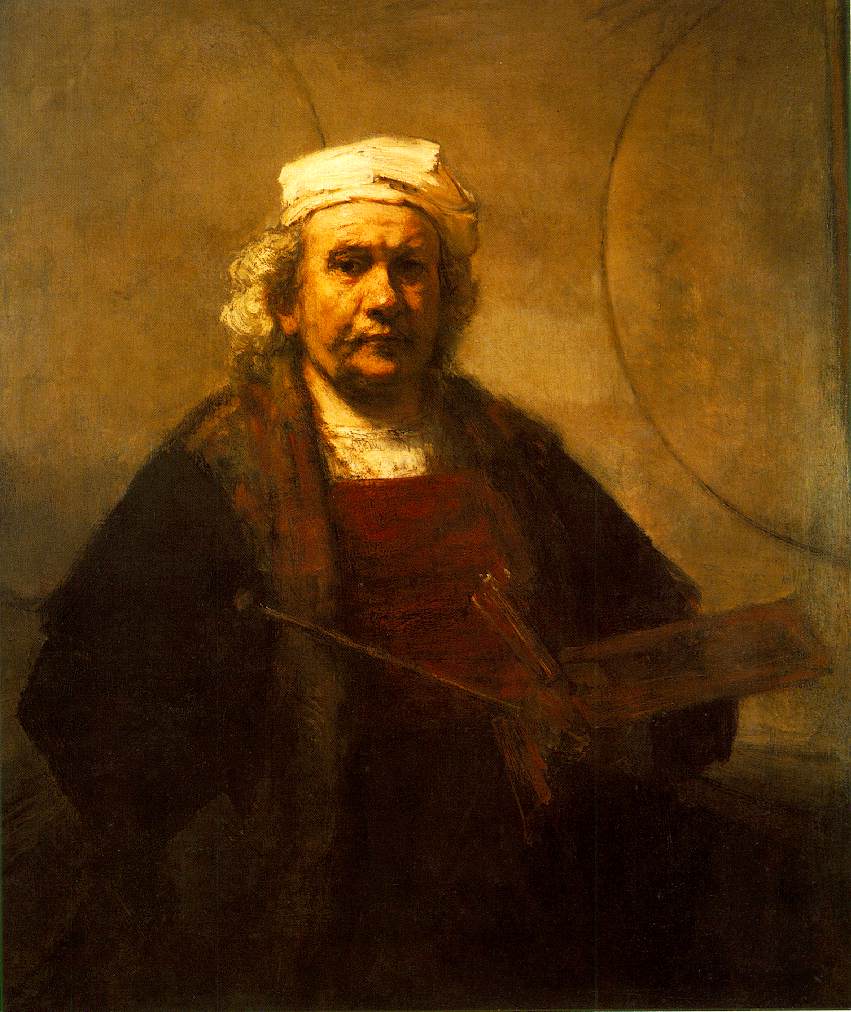May 31, 2015
May 29, 2015
Global cooling: is the paper really claiming it?
A recent paper in Nature finds a strong correlation between ocean circulation and oscillations in Atlantic surface temperatures which could be moving to a negative phase. According to the authors, "[t]his may offer a brief respite from the persistent rise of global temperatures."
May 25, 2015
The structure factor of a liquid - part IV
Sum rule for impenetrable systems
The hard sphere liquid is an idealized model, but some of its properties hold for a very large class of systems, those that have an impenetrable core of size \(R_c\) (\(g(r< 2 R_c = 0\)). Let us write the Fourier relation between \(g(r) -1\) and \(S(q) -1\) (the inverse of Eq. (4) in post II):
Labels:
liquids,
physics,
statistics,
sum rule,
thermodynamics
The structure factor of a liquid - part III
This is the third part in a series. In part I and part II we defined the basic concepts used in the theory of liquids, in particular the radial distribution function \(g(r)\) and the structure factor \(S(q)\).
The simplest system one can imagine is the ideal gas. There is no interaction between particles: \(u(r) = 0\), leading to \(g(r) = 1\) (the particle at the origin does not affect the position of its neighbors) and \(S(q) = 1\). The ideal gas is a trivial case, but it can be seen as the reference state for other systems. In particular, one could say that the functions \(g(r) - 1\) and \(S(q) - 1\) that appear in Equation (4) of part II quantify the difference with respect to the ideal gas (due to the interaction potential \(u(r) \neq 0\).)
Labels:
liquids,
physics,
statistics,
thermodynamics
May 23, 2015
May 22, 2015
May 16, 2015
The structure factor of a liquid - part II
[Continuing the preliminary discussion started in part I.]
We are now interested in an explicit form for \(g(\mathbf{r})\) (we return here to the general case —where \(g\) depends on the full vector \(\mathbf{r}\), and not only on its modulus— simply to avoid the radial integrals). Taking particle 0 as fixed in \(\mathbf{r}_0\), \(\rho g(\mathbf{r}) {\text{d}}^D \mathbf{r} = \text{d} n (\mathbf{r} - \mathbf{r}_0)\) is the number of particles (among the remaining \(N-1\)) found in the volume \({\text{d}}^D \mathbf{r}\) positioned at \(\mathbf{r}\) with respect to the reference particle. One can formally count these particles by writing:
We are now interested in an explicit form for \(g(\mathbf{r})\) (we return here to the general case —where \(g\) depends on the full vector \(\mathbf{r}\), and not only on its modulus— simply to avoid the radial integrals). Taking particle 0 as fixed in \(\mathbf{r}_0\), \(\rho g(\mathbf{r}) {\text{d}}^D \mathbf{r} = \text{d} n (\mathbf{r} - \mathbf{r}_0)\) is the number of particles (among the remaining \(N-1\)) found in the volume \({\text{d}}^D \mathbf{r}\) positioned at \(\mathbf{r}\) with respect to the reference particle. One can formally count these particles by writing:
Labels:
liquids,
physics,
statistics,
thermodynamics
The structure factor of a liquid - part I
This post only summarizes some basic concepts and results that will help understand the discussion in the following posts. For a detailed introduction to liquid theory, see one of the many books and review papers [1].
Labels:
liquids,
physics,
statistics,
thermodynamics
Subscribe to:
Posts (Atom)


